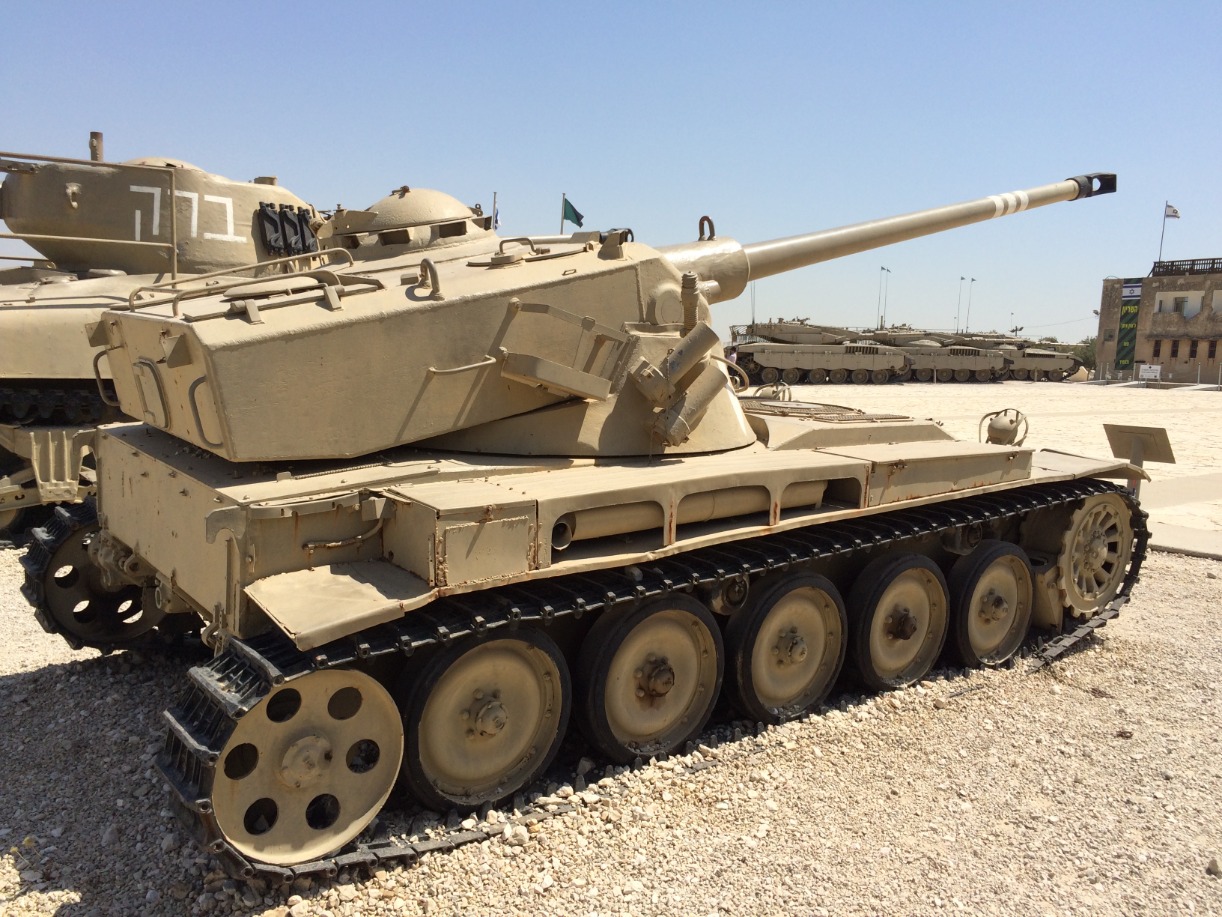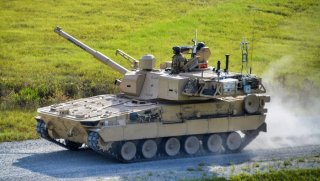M10 Booker: The U.S. Army Says Don't Call it a Light Tank (Oh, But It Is)
The US Army's introduction of the M10 Booker, a new light tank, has sparked controversy over its necessity and role in modern warfare. Despite official insistence on avoiding the "light tank" label, critics argue the M10 Booker represents an outdated concept.
Summary and Key Points: The US Army's introduction of the M10 Booker, a new light tank, has sparked controversy over its necessity and role in modern warfare. Despite official insistence on avoiding the "light tank" label, critics argue the M10 Booker represents an outdated concept.

-They point to its redundancy, given the capabilities of existing vehicles like the Abrams Main Battle Tank and the Stryker Mobile Gun System. Concerns also include its vulnerability in combat, highlighted by the poor performance of similar light tanks in Ukraine.
-With a $1.14 billion price tag for 96 units, detractors believe the funds could be better spent on emerging technologies such as cyber warfare, unmanned systems, and long-range precision strikes.
The M10 Booker Light Tank Drama
The US Army’s M10 Booker, a light tank recently added to the Army’s arsenal, has sparked a debate about its necessity and role in warfare. The Army’s officials insist that it not be referred to as a light tank (that’s what it is).
Meanwhile, the detractors of the M10 argue that it is a weapon system not worth the money invested into it because the nature of ground warfare, as proven by the US wars in Afghanistan and Iraq, as well as by Russia’s invasion of Ukraine, have fundamentally changed. A Twitter user derided the M10 by tweeting, “Let’s be real, the M10 ‘totally not a light tank’ Booker light tank is named after a private noone [sic] heard of before as well.”
The Army Doesn't Know What to Do with the M10 Booker
It's just yet another example of the wastefulness—and lack of innovation—that the US Army has struggled to overcome since the end of the Cold War (lest we forget the rather accurate 1998 HBO comedy film The Pentagon Wars starring Kelsey Grammer detailing the disastrous development of an armored personnel carrier?)
Even in the Global War on Terror, the US Army struggled to adapt to what was then a novel warfighting environment. The US Marines, the other major ground force in the US military, adapted almost seamlessly to the kind of counterterrorism missions that were required in the Wars in Iraq and Afghanistan while the Army struggled.
In the post-9/11 era, when great power conflict is again upon us, the other branches have sketched out new warfighting concepts whereas the Army keeps repurposing its old AirLand Battle concepts from the Cold War era.
Without a reliable doctrine to guide the force, it’s no surprise that the Army’s development of warfighting equipment is as listless as the rest of the force.
The M10 Booker is an armored vehicle designed to support infantry brigade combat teams (BCT) by providing a mobile, protected direct fire capability. It is intended to suppress and destroy fortifications, gun systems, and trench routes. Further, the M10 is meant to protect against enemy armored vehicles. The Booker is equipped with a 105mm main gun and a suite of advanced sensors and communication systems.
But light tanks have not fared very well in modern combat, especially against near-peer adversaries. Just look at Ukraine’s experience with the admittedly older French AMX-10RC units that were so poorly matched against Russia’s armor that the Ukrainians unilaterally withdrew the French light tanks and forbade their further use in combat. Sure, the Booker is more advanced than the AMX-10RC. But the issue isn’t sophistication. It’s armor and firepower.

Here are just a few things that the critics in multiple publications have raised as downsides to the Booker.
Some Problems with the Booker
First, the M10 Booker is believed to offer redundant capabilities. It’s meant to fill a gap in the Army’s capabilities, providing a light tank option to support infantry brigades. Yet, the M10 offers nothing new that older, cheaper vehicles in the Army’s inventory doesn’t already offer. Both the Abrams Main Battle Tank and the Stryker Mobile Gun System do the same things that the M10 is meant to do.
The M10 cost $1.14 billion in the production and fielding of up to 96 units of these vehicles. The money spent on developing and deploying these light tanks could have been spent on other areas of need for the US Army, such as improving existing systems or investing in new technologies.
The M10 Booker is not without its operational challenges. Its smaller size and lighter weight compared to the M1 Abrams make it more vulnerable to enemy fire. Additionally, the M10 Booker’s reduced armor protection and firepower could limit its effectiveness in certain combat situations (such as the kind currently being experienced in Ukraine).
The M10 is an Unnecessary Throwback
In the last decade alone, the face of warfare has changed so much that it is almost unrecognizable. It is, understandably, hard for some in power to keep up with those changes. But it is their duty to try to keep up. That means not designing a force that is meant to fight yesterday’s wars. The Army needs to focus much more on enhancing cyberwarfare capabilities, unmanned systems, and long-range precision strikes.
The M10 Booker offers none of these capabilities.
The M10 Booker is yet another example of the US Army failing to learn and adapt. Failure to adapt means that a force becomes rigid and unable to improvise in combat. Being unable to fully improvise in unique combat situations means that the force will be unable to overcome the enemy.
And that spells defeat.
About the Author
Brandon J. Weichert, a National Interest national security analyst, is a former Congressional staffer and geopolitical analyst who is a contributor at The Washington Times, the Asia Times, and The-Pipeline. He is the author of Winning Space: How America Remains a Superpower, Biohacked: China’s Race to Control Life, and The Shadow War: Iran’s Quest for Supremacy. His next book, A Disaster of Our Own Making: How the West Lost Ukraine, is due October 22 from Encounter Books. Weichert can be followed via Twitter @WeTheBrandon.
All images are Creative Commons.


